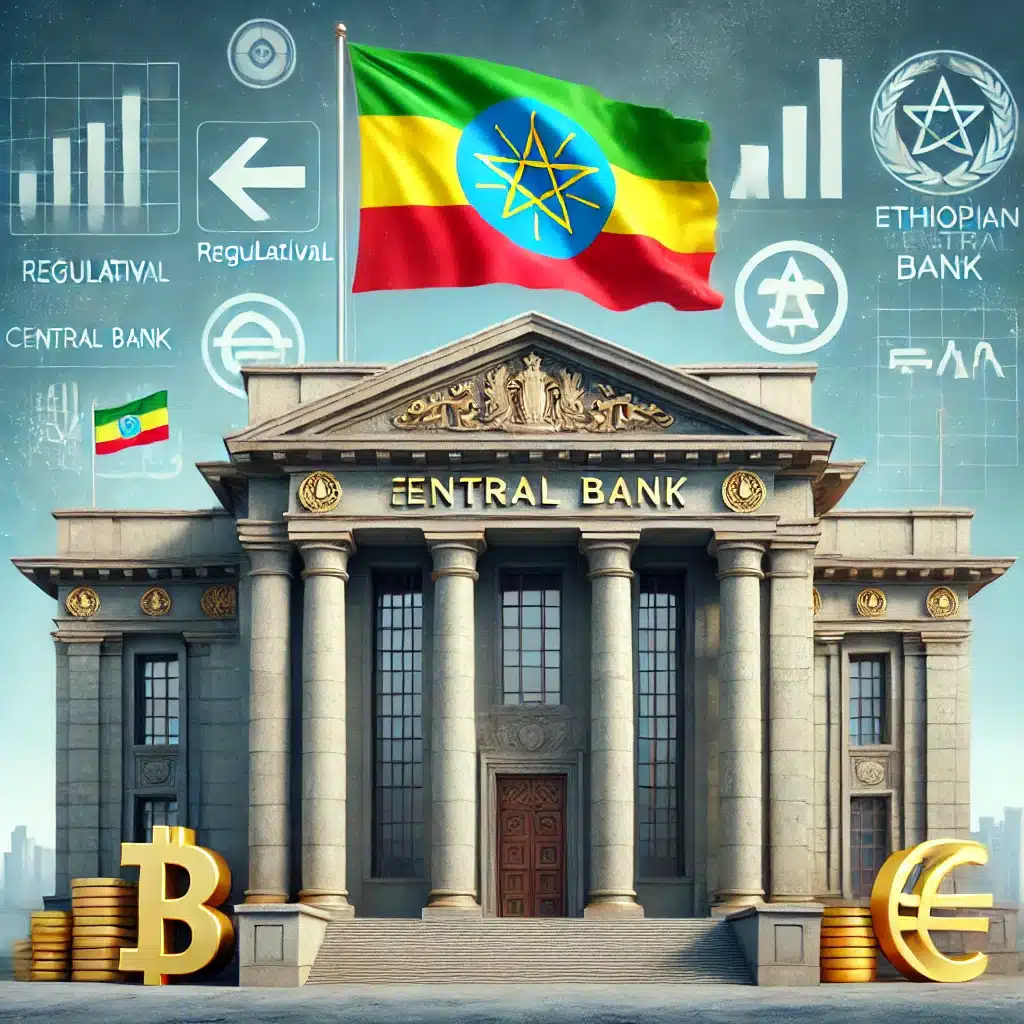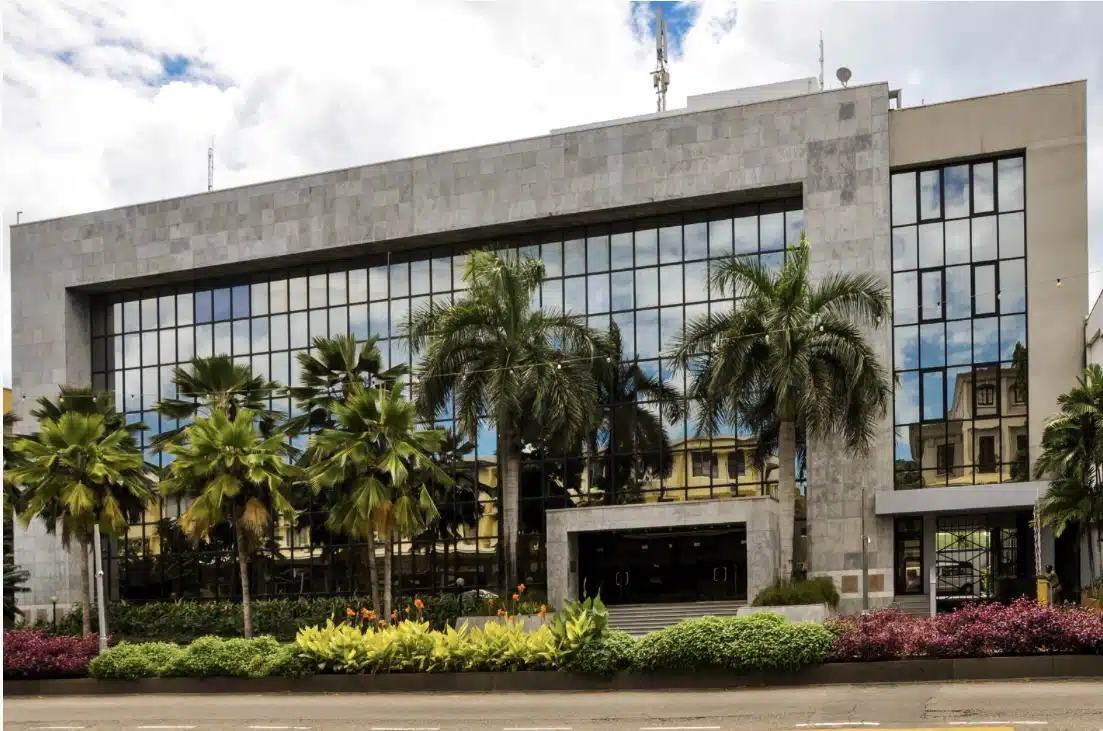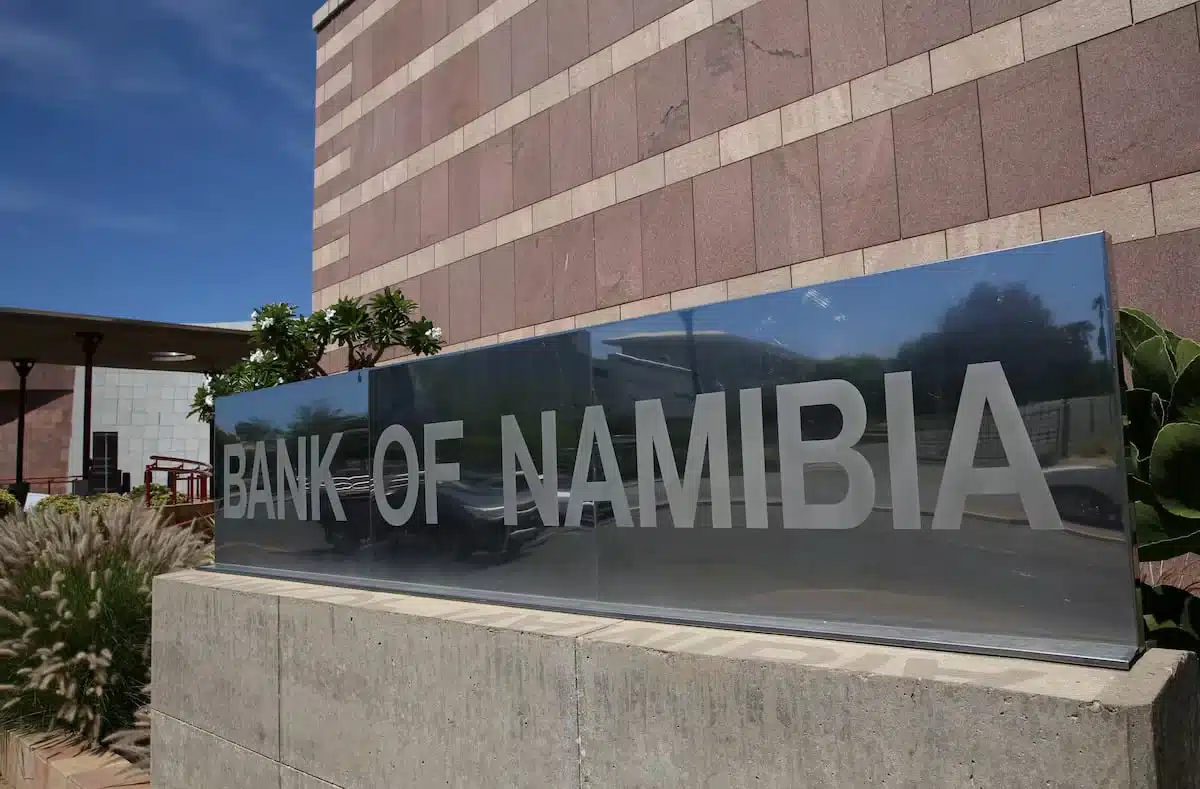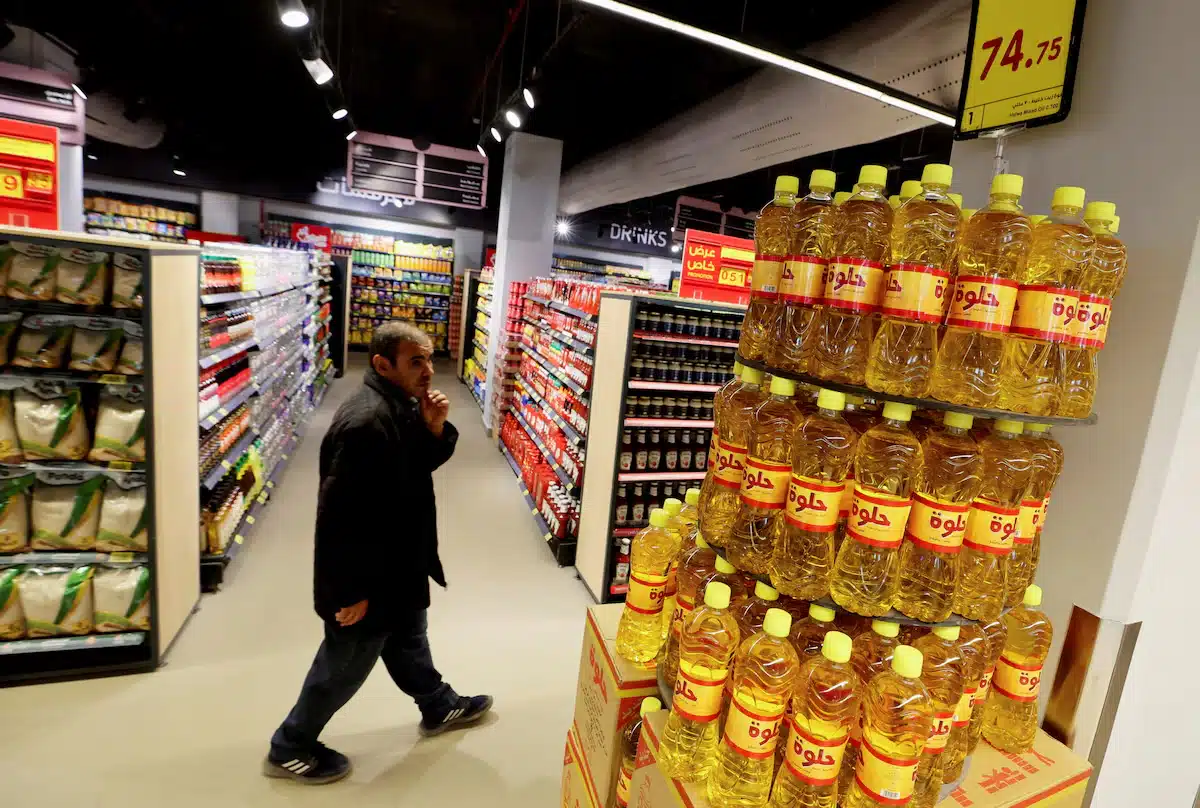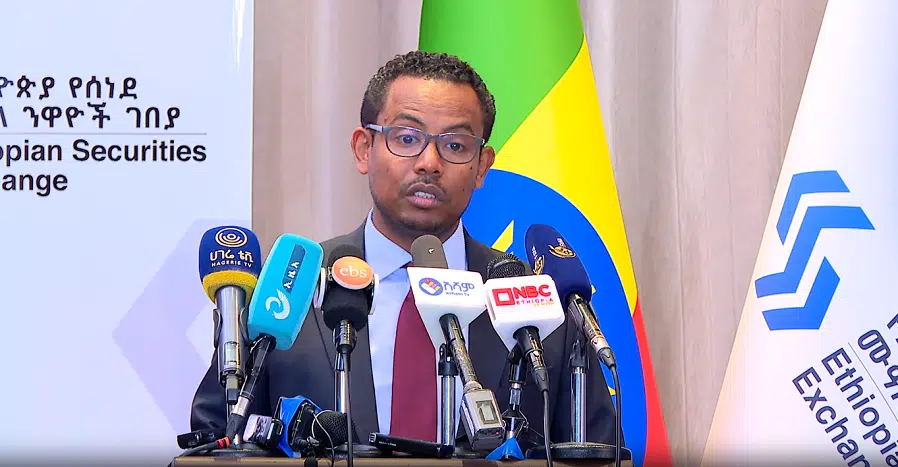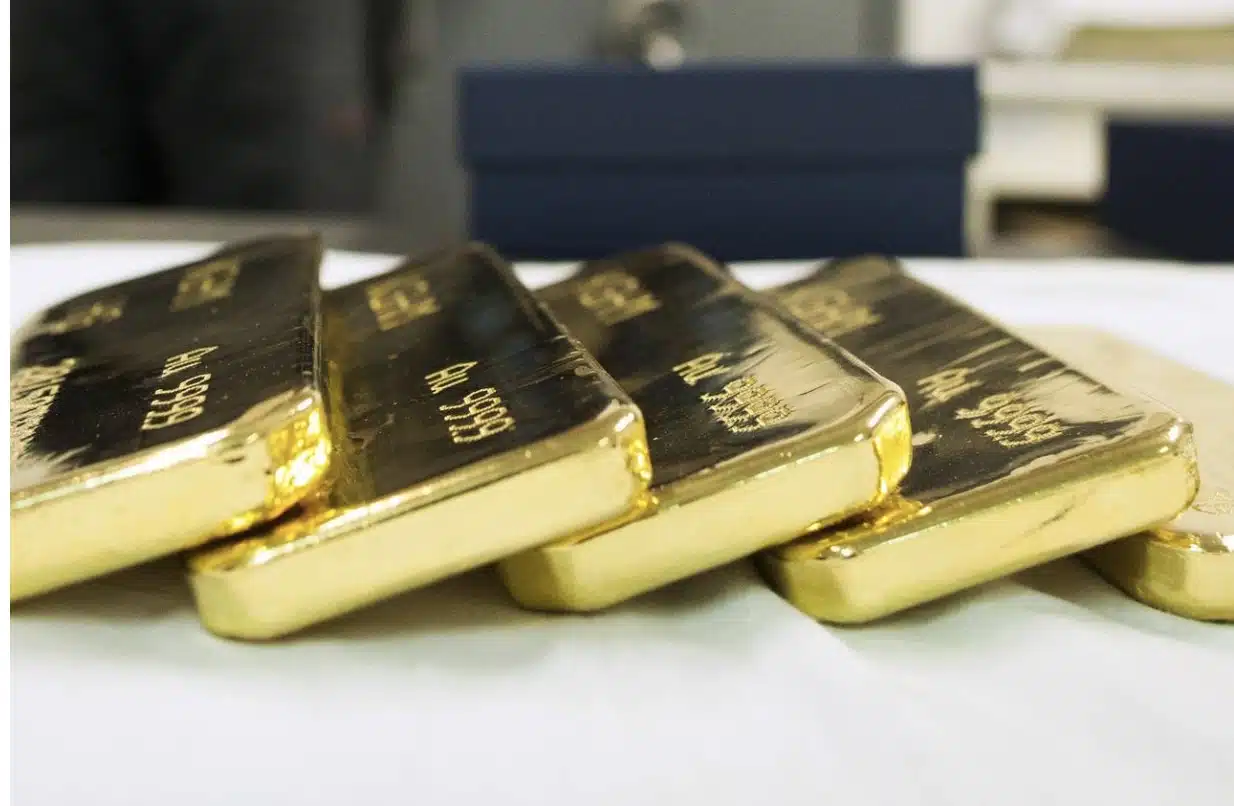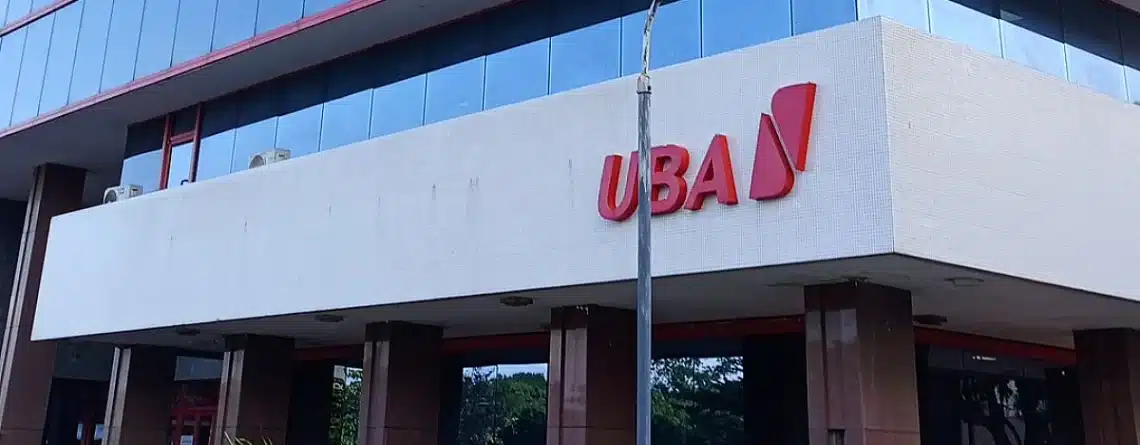The International Monetary Fund (IMF) has reached a staff-level agreement with the Government of Ethiopia on the third review of its $3.4 billion Extended Credit Facility (ECF), paving the way for a $260 million disbursement, subject to Executive Board approval in the coming weeks.
This latest agreement follows a series of policy reforms undertaken by Ethiopian authorities aimed at stabilising an economy battered by years of conflict, inflation, and fiscal mismanagement. If approved, the disbursement will add up to the $2.3 billion already disbursed under the ECF program in July 2024.
A turning point
Ethiopia’s re-engagement with the IMF in July 2024 marked a critical economic reset after years of minimal donor engagement and near default. Since then, the government has taken ambitious steps to reform monetary policy, liberalise the exchange rate, end central bank deficit financing, and strengthen domestic revenue mobilisation.
“The authorities’ policy actions in the first year of the program have yielded strong results,” said Alvaro Piris, who led the IMF mission. “Macroeconomic indicators have outperformed expectations, and the transition to a more flexible exchange rate regime has proceeded with little disruption.”
Macroeconomic recovery gains pace, but gaps remain
According to the IMF, key economic indicators are trending upward: headline inflation has eased faster than expected, export earnings – especially from gold and coffee – have rebounded, and foreign exchange reserves are slowly rebuilding.
The government has also implemented structural reforms in the banking sector, reduced quasi-fiscal spending by state-owned enterprises, and introduced tax measures to broaden the domestic revenue base. Yet, despite the positive macro headline, real economic pain persists.
Coffee and Gold export hits historic records
In May, Ethiopia’s Coffee and Tea Authority reported record-breaking performance. Coffee exports surpassed all previous records, exceeding national targets by 147% in volume and 142% in revenue, driven by a strategic pivot from European markets to U.S. buyers amid ESG-related trade friction.
Dr Adugna Debela, the agency’s director, attributed the success to a well-coordinated national effort, with revenue from coffee alone reaching $1.87 billion.
Combined gold and coffee export earnings between July 2024 and April 2025 totalled $2.3 billion, up from $1.56 billion in the previous fiscal year, reflecting the impact of reforms that closed export loopholes and formalised trade channels.
The surge also helped push Ethiopia’s foreign exchange reserves to $3.4 billion, equivalent to 1.6 months of import coverage. Meanwhile, remittances rose 13%, aided by increased confidence following the July 2024 currency float.
Easing headline inflation
Headline inflation fell to 13.6% in March 2025, down from a peak of 29.4% in 2023/24. Food inflation, which previously saw price hikes of 15–20% on key staples, dropped to 15.8% from 32.2%, thanks in part to government subsidies and a strong agricultural season.
The IMF projects average inflation at 21.5% in 2025, with a decline to 12.2% expected in 2026. Ethiopia’s central bank, led by Governor Mamo Mihretu, is targeting single-digit inflation of 10% by the 2025/26 fiscal year. Supporting this goal, the National Bank of Ethiopia (NBE) has capped annual credit growth at 18%, easing slightly from a previous ceiling of 14%.
Tax revenue surges as the Government tightens fiscal policy
Ethiopia’s fiscal reforms are also gaining traction. In the first half of the 2024/25 fiscal year, the government collected approximately $3.08 billion in tax revenue – an 83% increase from $1.68 billion in the same period the year before. This surge is attributed to improved tax administration, broader VAT and excise coverage, and a more compliant tax base.
As a result, the revenue-to-GDP ratio is projected to rise from 7.3% in 2024 to 8.5% in 2025, while the fiscal deficit is expected to narrow from 4.2% of GDP in 2022 to 1.7% this year.
At the same time, the government is phasing in utility tariff hikes and gradually reducing fuel subsidies. While these measures aim to strengthen long-term fiscal health, they risk raising living costs for households already strained by inflation and tight credit.
Foreign exchange market: the cracks beneath
Despite the progress, foreign exchange market distortions are beginning to re-emerge. According to the UNDP’s April 2025 report, the gap between the official and parallel market exchange rates – which had narrowed to under 15% after the July float – widened again to around 20% by February 2025.
At the start of the reform, the Birr was floated and depreciated from Br 57.3 per US dollar (June 2024) to 74.7 vs. $1. As of February, the official rate reached Br 125 to $1, while the parallel market hovered near Br 150 per USD, signalling renewed divergence.
To stabilise the market, the NBE launched biweekly FX auctions, with a February auction clearing at Br 135.6/USD. However, liquidity remains constrained, and commercial banks have reported low activity in the new interbank forex market.
Exchange rate used: Br 1 = $0.0073 (as of June 2nd, 2025).

